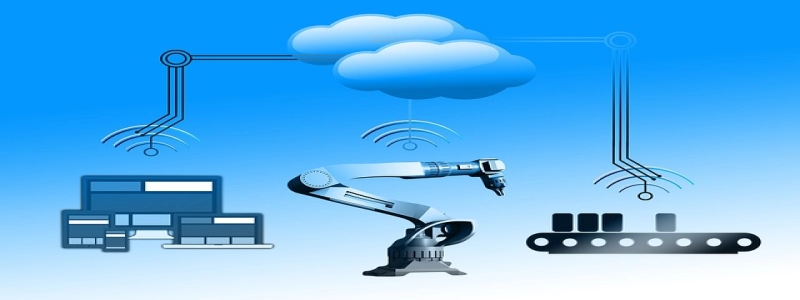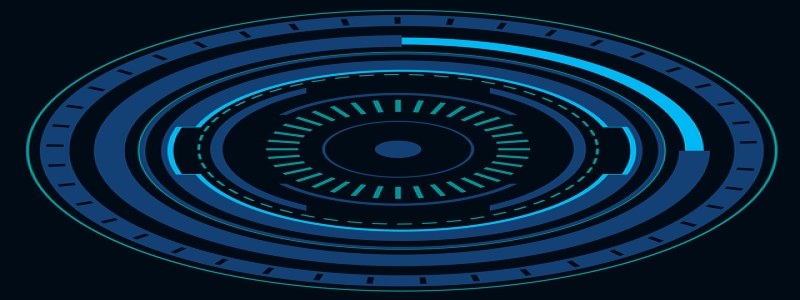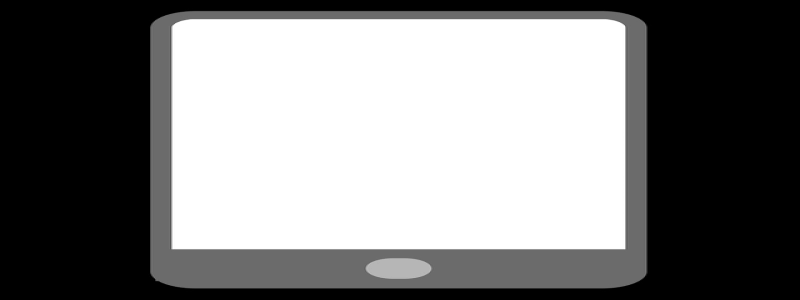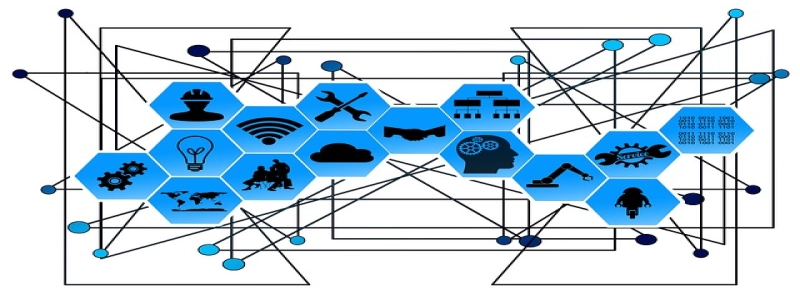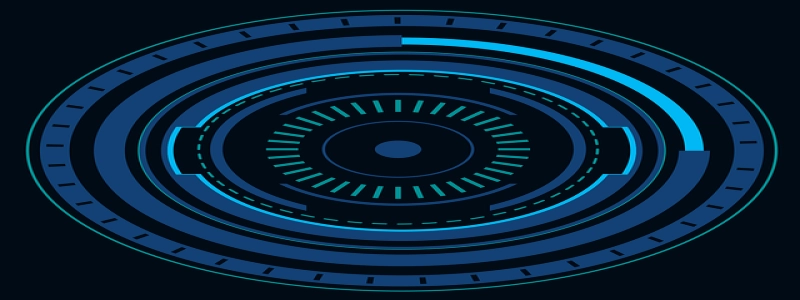Coaxial Cable vs Fiber Optic: A Comprehensive Comparison
I. Introduction
A. Importance of a robust and high-speed network in today’s digital age
B. Coaxial cable and fiber optic as popular choices for high-speed data transmission
C. Purpose of this article: Comprehensive comparison of coaxial cable and fiber optic
II. Coaxial Cable
A. Definition and structure of coaxial cable
B. Advantages of coaxial cable
1. Cost-effective option for short-distance data transmission
2. Wide availability and compatibility with existing infrastructure
3. Suitable for stable and reliable transmission of signal
C. Limitations of coaxial cable
1. Limited bandwidth leading to slower data transmission
2. Vulnerable to electromagnetic interference and signal loss
3. Restricted potential for future network expansion and higher data demand
III. Fiber Optic
A. Definition and structure of fiber optic
B. Advantages of fiber optic
1. Immune to electromagnetic interference, ensuring consistent and reliable data transmission
2. Faster data transmission with higher bandwidth capacity
3. Allows for greater network scalability, meeting future data demands
C. Limitations of fiber optic
1. Expensive installation and equipment costs
2. Fragility of fiber optic cables, requiring careful handling and protection
3. Limited availability in some areas, especially in remote locations
IV. Comparison
A. Speed and Bandwidth
1. Coaxial cable: Limited bandwidth, resulting in slower data transmission
2. Fiber optic: Higher bandwidth, enabling faster and more efficient data transmission
B. Signal Loss and Interference
1. Coaxial cable: Vulnerable to signal loss and electromagnetic interference
2. Fiber optic: Immune to signal loss and electromagnetic interference
C. Cost
1. Coaxial cable: Cost-effective option, especially for short-distance transmission
2. Fiber optic: Higher installation and equipment costs, but lower maintenance expenses
D. Scalability and Future-proofing
1. Coaxial cable: Limited potential for expanding network capacity and meeting future data demands
2. Fiber optic: Highly scalable, capable of accommodating increasing data demands
E. Availability and Accessibility
1. Coaxial cable: Widely available and compatible with existing infrastructure
2. Fiber optic: Limited availability, especially in remote areas, but growing in popularity
V. Conclusion
A. Coaxial cable and fiber optic both serve as reliable options for high-speed data transmission
B. Coaxial cable is a cost-effective choice for short-distance transmission, while fiber optic excels in long-distance and high-bandwidth demands
C. Decision-making factors: budget, data requirements, scalability, and future-proofing needs
D. The selection between coaxial cable and fiber optic should be based on individual needs, infrastructure, and long-term goals of the network.


